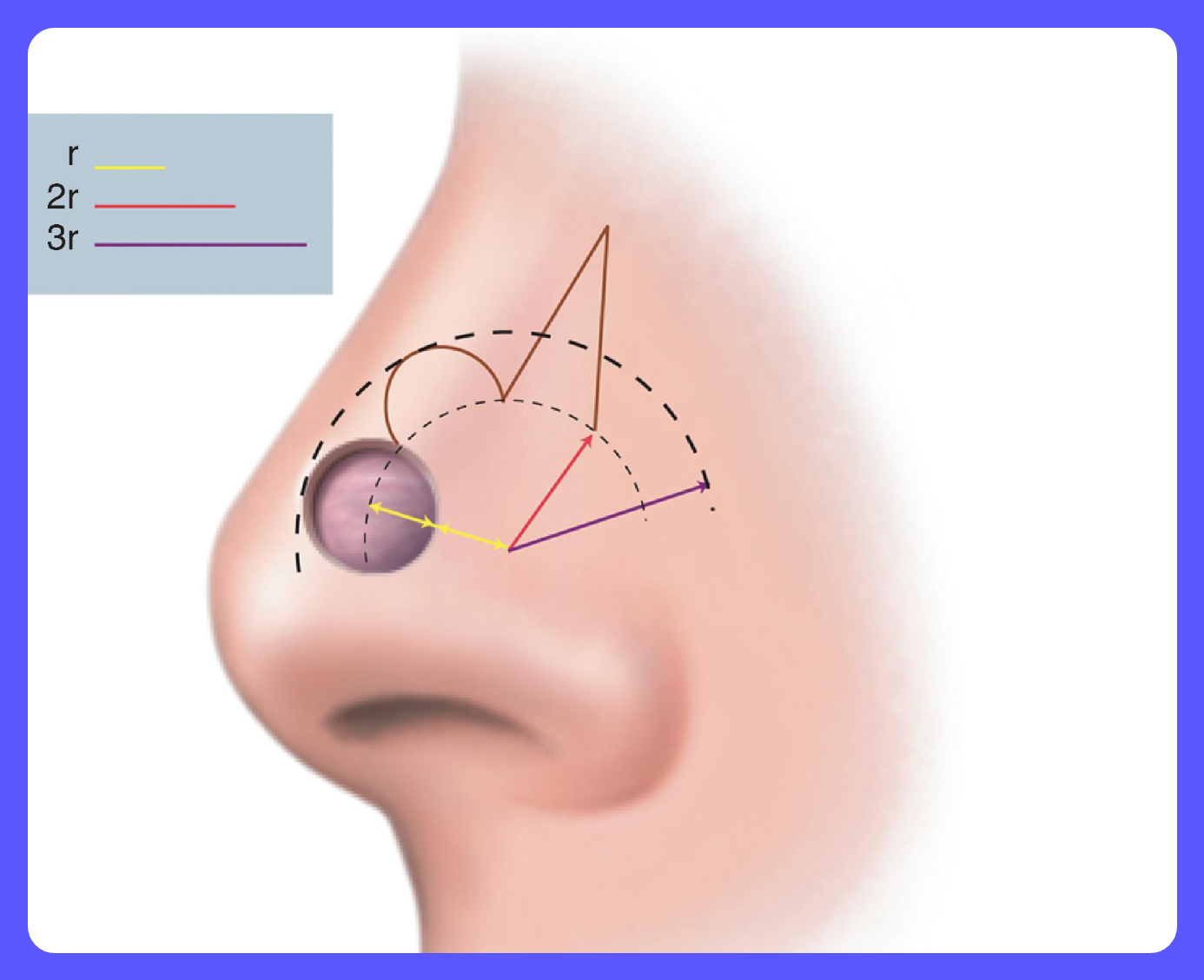In this week's edition
- ✍️ Letter from P'Fella
How I Pick the Right Skin Flap - 🤓 The Sunday Quiz
How well do you know Bilobed Flaps? - 🎙️ Behind the 'Fella
Sneak peek from episode 04: Best plastic surgery resources. - 🎓 theFellow's Corner
This week's feature: Venous Flaps. - 📚 Book Review
"Local Flaps in Facial Reconstruction" by Shan R. Baker. - 🔥 Articles of the Week
Tips on nasal and eyelid reconstruction; 3 articles with 1 sentence summaries. - 💕 Feedback
Suggest ideas & give feedback!
A Letter from P'Fella
"How I Pick the Right Skin Flap"
Let’s get real about choosing the right local skin flap—it’s all about understanding the skin you’re working with and making practical decisions on the fly.
👇
First, not all skin is the same. Take nasal alar skin, for example—it’s thick, firm, and doesn’t stretch much, unlike cheek skin, which is softer and more pliable. This difference matters big time. If I’m covering a defect on the nose, I’m probably not going to use the same flap I’d choose for the cheek. The goal is to pick a flap that matches the skin’s texture and mobility so it blends in naturally.
Now, location is key. On the face, it’s all about aesthetics. I often go for rotation or advancement flaps that follow natural lines. They’re reliable and give a nice, seamless finish. But if I’m dealing with something larger or in a tricky spot, like the nose, a bilobed flap can work wonders—it lets me move skin around without creating too much tension.

Size and shape? Also super important. Small defects? A simple advancement flap usually does the trick. But for bigger or oddly shaped ones, I might opt for a transposition flap. It gives good coverage and helps spread out the tension, so everything heals up nicely.
So, here’s the takeaway: Know your skin—whether it’s thick, thin, mobile, or tight—and pick a flap that matches. Keep it simple but effective, and always aim for the best cosmetic result with the least tension. Trust your gut, but also let the skin guide your decision.
Lots of love,
P'Fella ❤️
The Sunday Quiz
How Well Do You Know Bilobed Flaps?
Welcome to the next round of The Weekly Quiz.
Each edition of thePlasticsPaper includes a quiz question designed to challenge and engage our readers. Keep your wits about you and join in every week — the winner at the end of six rounds will earn you a $100 voucher.

Behind the ‘Fella
Sneak Peek from Episode 04
Tune into our podcast for exclusive team meetings where we uncover behind-the-scenes details of the platform and discuss hot topics in plastic surgery with our fellows.
In our upcoming episode, we explore the best plastic surgery resources for learning!
You can subscribe on Spotify & Apple.
Let us know your thoughts on podcasts here 👇
the Fellows' Corner
This Week's Focus: Venous Flaps
In case you've missed out, here's a reminder to check out our fresh articles, clinical cases, and surgical techniques.
Read below for an overview of our article on Venous Flaps.

Venous Flaps
Physiology
The exact physiology of venous flaps is relatively unknown.
Classification
Thatte and Thatte is the standard classification for venous flaps. There are 3 types of venous flaps based on the number of veins & their function.
Evaluation
They do not have a high survival rate and are not used regularly due to this.
Book Review
"Local Flaps in Facial Reconstruction" by Shan R. Baker

Local Flaps in Facial Reconstruction"
Hey there! If you're into facial reconstructive surgery, "Local Flaps in Facial Reconstruction" by Shan R. Baker is a fantastic resource. The book is loaded with clear, high-quality images that show patients before and after surgery.
The design of the flaps is explained in a way that's easy to follow, making it super helpful for both beginners and experienced surgeons. It’s practical, informative, and visually impressive — a great addition to your medical library.
Articles of the Week
3 Interesting Articles with 1 Sentence Summaries
Preoperative planning for nasal reconstruction: Staged procedures using forehead tissue and cartilage grafts to achieve optimal results.
Discover design improvements that minimize issues like tissue protrusions, enhancing the overall outcome of nasal reconstruction using the bilobed flap.
Explore eyelid reconstruction techniques that ensure proper function, aesthetics, and blend with surrounding tissues, focusing on normal eyelid positioning, distinct margins, and sharp canthal angles.


